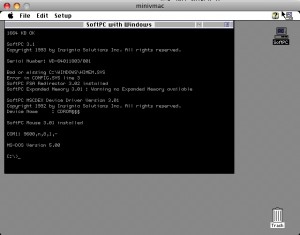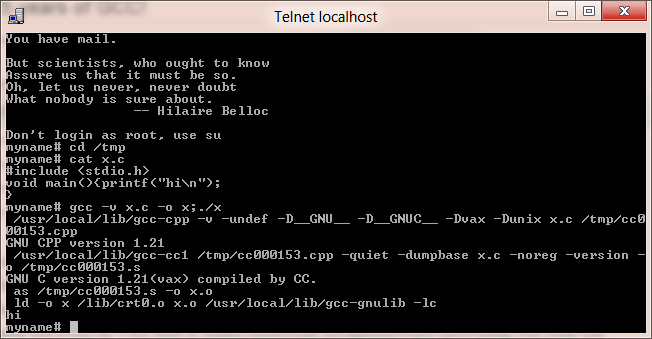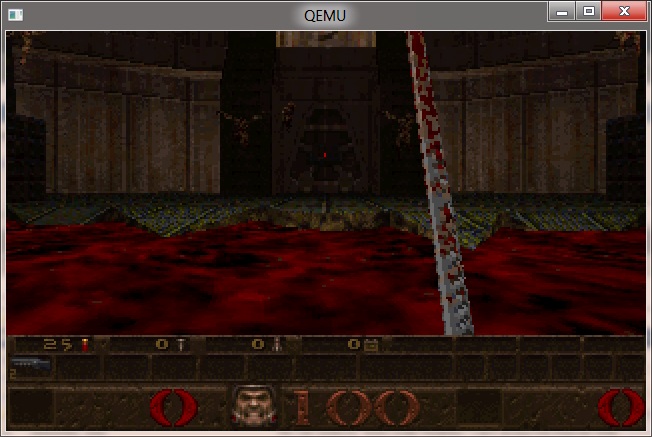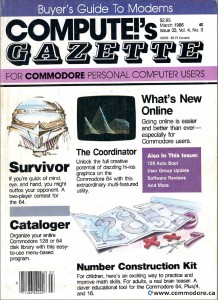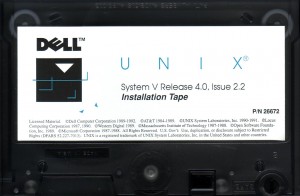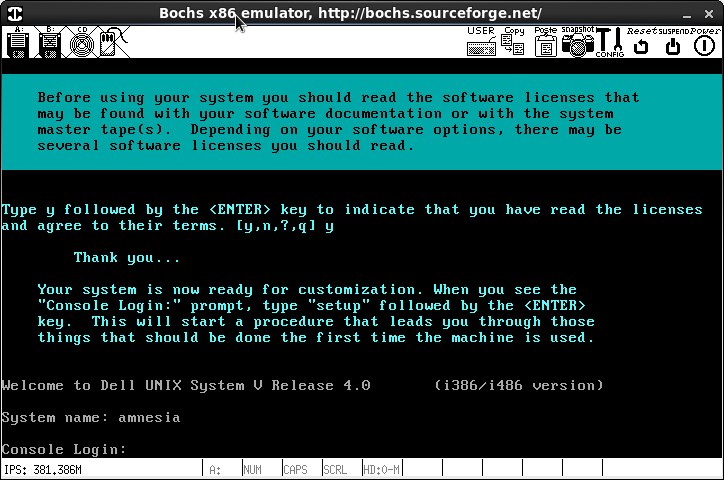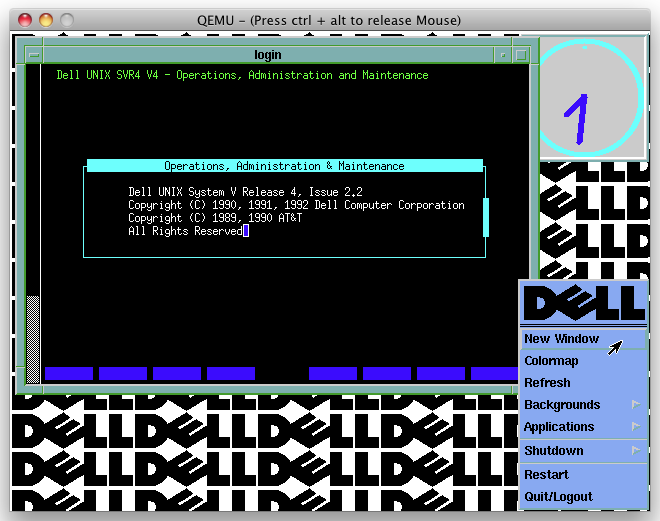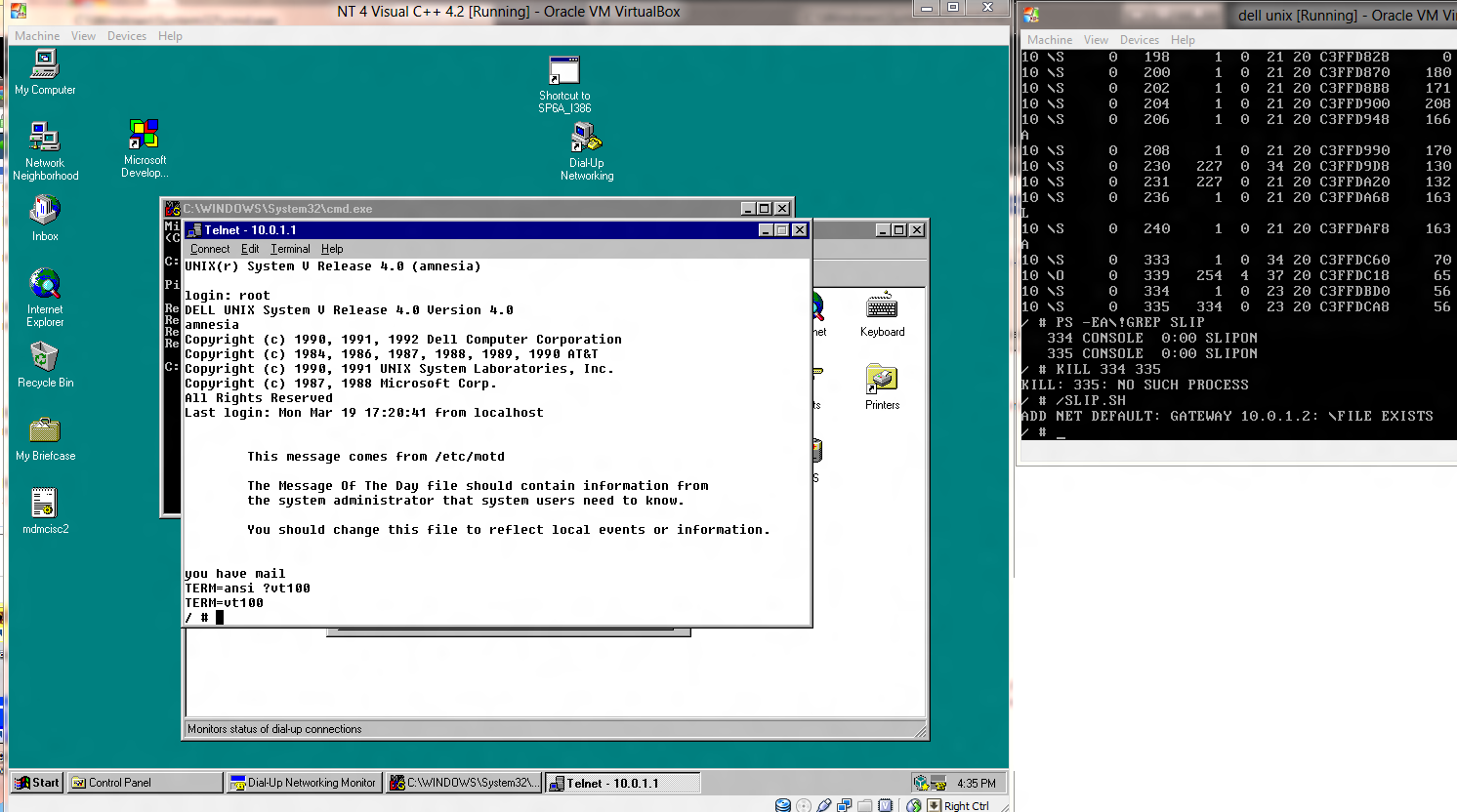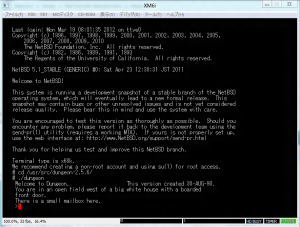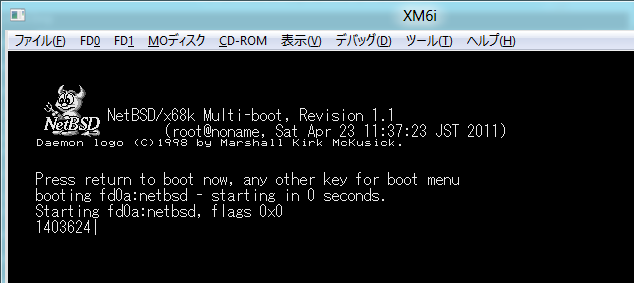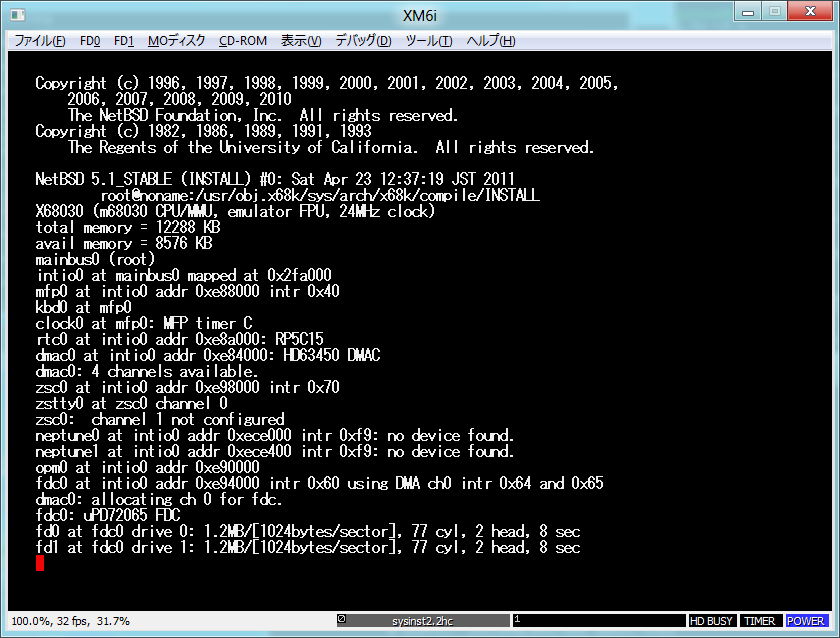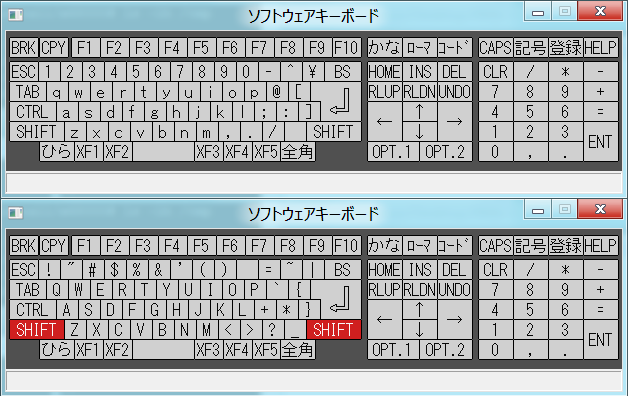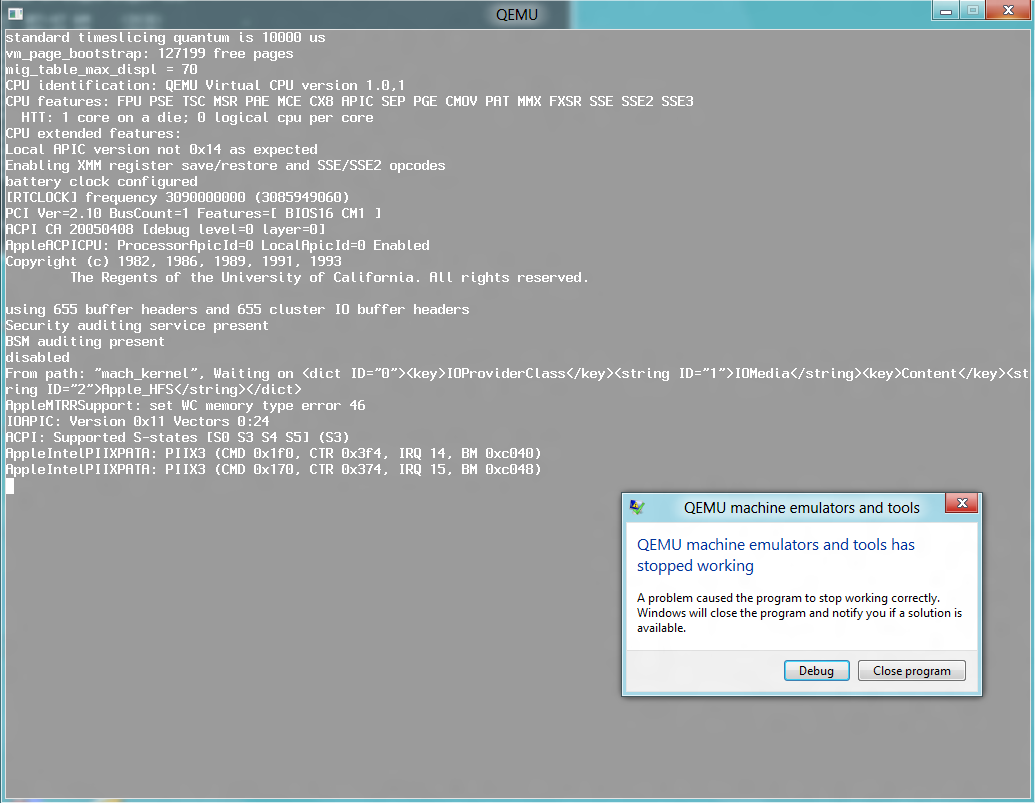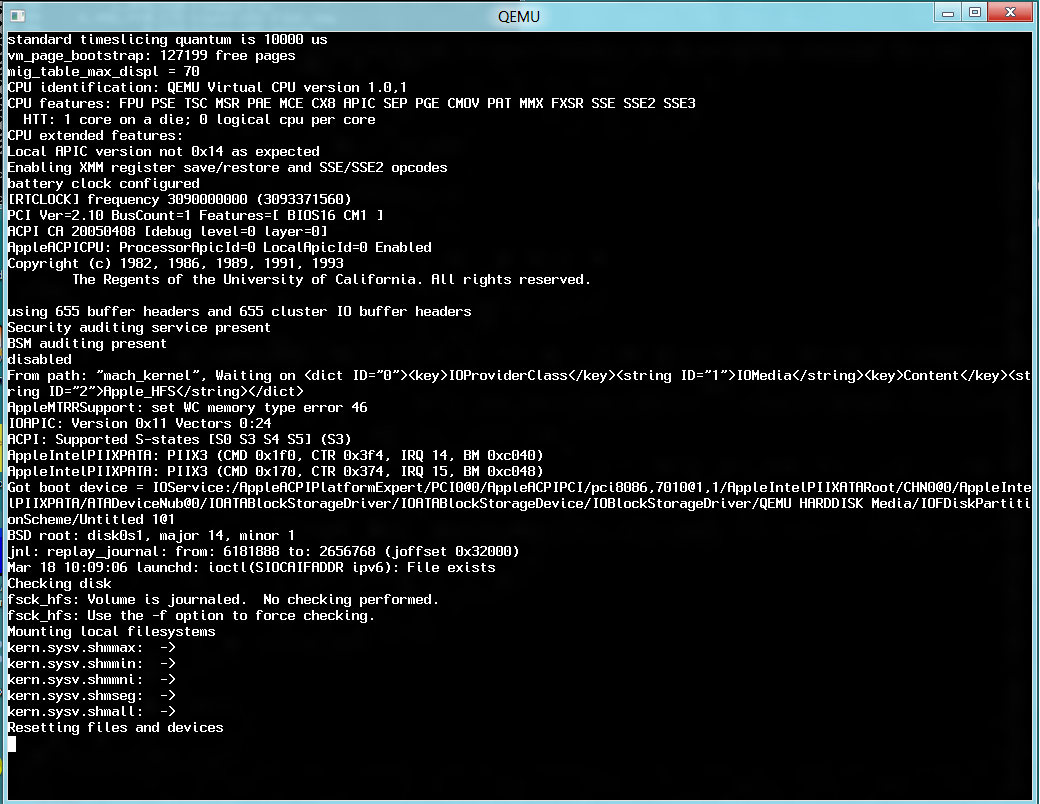I wanted to run some old 68000 programs on OS X, but as luck would have it, OS X 10.5 doesn’t support the classical environment, and the 10.4 discs that I have won’t boot on a G5. Â So I don’t have a good way to get there from here. Â However I did remember the great mini vMac is very portable, runs 68000 code great, and even can run 68020 programs with the experimental branches.. So I had to install OS 7 on a Windows machine with my last binary, configure the source there, then import it to my PowerPC, then build it on my G5. Â The OS X PowerPC build is lacking sound (did the intel OS X have it?) but it runs!
For anyone that cares, my PowerPC binary is here.
I’ve just updated it to contain all the 32bit binaries…
$ file minivmac
minivmac: Mach-O universal binary with 3 architectures
minivmac (for architecture i386): Mach-O executable i386
minivmac (for architecture ppc7400): Mach-O executable ppc
minivmac (for architecture ppc): Mach-O executable ppc
It turns out this is reliant on Carbon, which doesn’t allow for 64bit binaries…

